One chief information security officer (CISO) recently asked me how he should describe SASE (secure access service edge) and zero-trust networking to his company’s directors. My answer was easy: You shouldn’t.
As companies revamp their technology infrastructure to leverage cloud efficiencies and enable a remote workforce, cybersecurity is now mission-critical for senior executives and boards of directors. Ransomware, data theft, and other attacks are affecting an unprecedented number of businesses, and corporate boards are turning to their CISOs for assurances that their evolving infrastructure is adequately protected.
Many CISOs have to modify their techniques to effectively communicate with top executives. I’ve served as a CIO, CISO, and am currently the head of cloud strategy and innovation at Netskope, and also sit on three corporate boards. Because of this confluence of experiences, I often get questions from security leaders about how to explain their function and its key performance indicators to the C-suite, particularly the non-technical C-suite.
Most board members are not well-versed in the technical details of network or cybersecurity—frankly, they don’t need to be. The CISO’s job is to understand and manage the technologies required to keep the company’s data, employees, customers, and other stakeholders secure. What the board needs is confidence that the CISO knows what she’s doing and that she’s taking the right steps to protect corporate assets.
3 key strategies CISOs should consider:
1. Know your audience
A CISO preparing a presentation to the board must first understand who those board members are. There’s obviously variation in skillsets between organizations, but for the most part, directors are business leaders. They are responsible for high-level governance of the company’s product and service portfolio, cash flows and budgets, cost management, people, culture, and compliance matters, and they endorse the organization’s strategy. As important as cybersecurity is, there’s no way the board as a group is going to want to delve into the intricacies of building a zero-trust architecture.
A CISO who wants to educate the board on the importance of cybersecurity should instead focus the conversation on threats to the company’s strategy, threats to the customers, and the erosion of the value of their intellectual property (IP) due to a cyber attack. Looking at Netskope as an example, if our IP, engineering, or architectural designs were stolen, then the future value of our product would essentially walk out the door. A competitor could develop a product like ours, eliminate our competitive differentiation, and eventually siphon away revenue.
Cybersecurity failures present an existential risk to the organization’s survival. A conversation about this existential risk will get the full attention of any corporate board.
2. Identify and document the risks
CISOs are well-aware of the myriad ways in which two broad and recent trends — moving key corporate data into the cloud and enabling staff to work from anywhere — combine to increase the likelihood that an attack on the company will be successful. Business-critical workloads now reside in applications we didn’t write, networks we didn’t design, and we don’t necessarily have control or information about the devices employees and partners are using to connect to those applications.
In addition to the typical security mandate, security professionals are tasked with making sure everyone can access the resources they need to deliver business value, with as little friction as possible. These days, that goal requires a new way of thinking because the risk profile of corporate IT is far different than it was five years ago.
And that’s the angle to take with the board, whether addressing the transition to the cloud or any other evolution in corporate IT. Security leaders should explain how they plan to support new technologies, which in turn support key business strategies while minimizing the risk those changes pose. The CISO usually isn’t qualified to help the board evaluate the effectiveness of a prospective business strategy. However, the CISO’s voice is crucial in helping directors understand new threat vectors that the business strategy may open up.
So, every CISO navigating an evolving technology landscape needs to guide the board through the risk management implications of that evolution. It makes sense to back into the security discussion by first addressing the ways in which the business strategy under consideration would expand the company’s digital footprint:
- What new technology innovation is needed to support the business strategy?
- How would the proposed environment collect, aggregate, and analyze that data?
- What critical business decisions would that information support?
- What security processes and technologies would best protect the new technology and data?
Consider a hotel chain that experienced a massive reduction in guest visits due to COVID-19. To entice travelers back as the pandemic subsides, the company needs to figure out how to make them feel safe and which services to provide that will fulfill those safety needs. Those decisions require data analytics. As executives and the board weigh different options for harnessing analytics, they should be conversing with the CISO about how to protect that information, in order to secure the company’s ability to deliver on its survival strategy.
3. Be well-prepared
In the wake of the technology transformation that most companies are currently undergoing, the C-suite must prioritize these security conversations. The board needs to understand how the business is utilizing the cloud and what’s different about cloud security compared to the legacy protections the company previously had. What types of solutions are available to improve visibility into, and control over, the organization’s cloud-based solutions? How can the security team recognize anomalous activities or suspicious traffic? How will they investigate concerns that arise in platforms outside the company’s four walls?
Those discussions should be happening today—if they didn’t already happen yesterday.
A CISO preparing to educate the board about these issues needs to be conversant on the company’s situation from both angles. From the business perspective, she needs to understand the company’s product roadmap, its long-term strategy, and the data and software solutions that both will require. At the same time, she needs to have a clear plan for how her team will protect the systems currently in place, as well as those that will be needed to support future strategies.
The CISO should enter the boardroom armed with details on:
- Visibility of the company’s entire digital footprint wherever those exist;
- All the company’s devices, including where their traffic originates and where they terminate;
- All its users, including what types of devices they will use, and where, to access cloud workloads, services, and solutions;
- The controls that enable safe use of the digital footprint, so what you control versus what you govern—for example, whether the security team can inspect traffic to and from each application;
- How communications flow to/from the corporate technology environments and how security staff attempt to detect malicious activity;
- How well those detection efforts work; and
- Steps the team takes if they do detect malicious activity.
Note that these details should not be part of the CISO’s planned board presentation. Most directors won’t be any more interested in these types of stats than in the inner workings of emerging security technologies. However, the CISO needs to explain to the board why—at a strategic level—the company needs a new security approach. Then she needs to describe why the security team has adopted the selected methodologies and tools.
Is this chosen approach considered best practice for the industry? Does she have data to validate that the methodology works? In what ways does it reduce risk to the business strategy, while also supporting innovation and growth?
The CISO doesn’t need to get into the weeds of the security playbook, but to be credible, she should have data that backs up every claim she makes. This ensures she’s prepared to knowledgeably answer any questions that may come up—whether in the board meeting or in a side conversation with a director who may (or may not) have particular expertise in security matters.
The goal is to build the board’s confidence that the CISO is making the right decisions. Thus, it’s critical for the CISO to have external evidence that backs the approaches and decisions under discussion.
Turning a board presentation on cybersecurity into a meaningful exchange with the company’s ultimate governance team presents an important opportunity. Straddling business and technology, and demonstrating competence in both realms, is challenging but not impossible. CISOs who do it well have the potential to become true strategic partners to the business, which can provide a major boost not only to the CISO’s career but also to the company’s overall support of the security strategy.
This article was originally published at Venture Beat




 Back
Back 
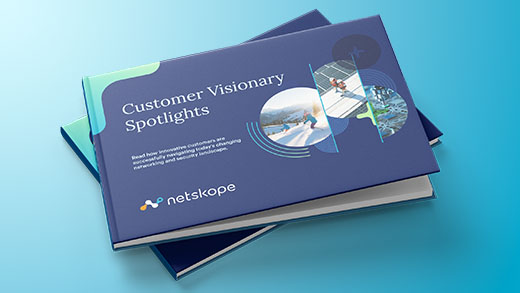

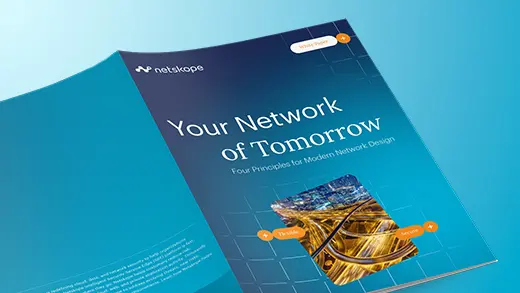







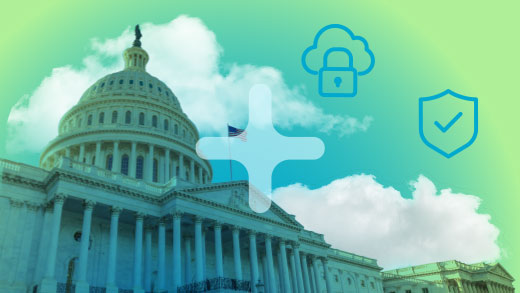
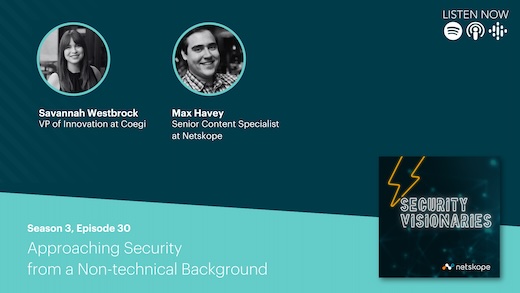

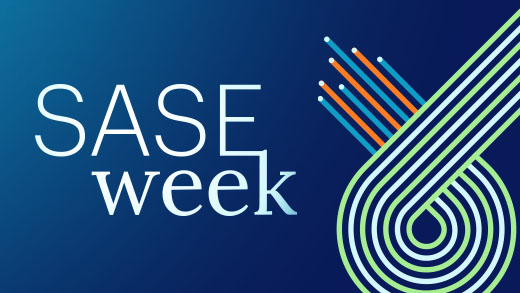


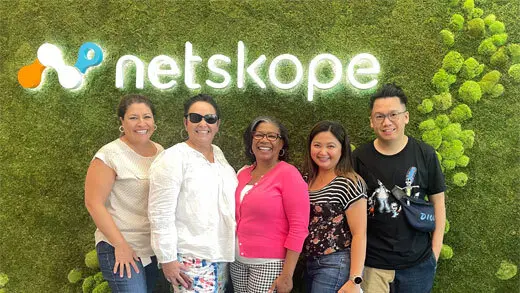




 ブログを読む
ブログを読む